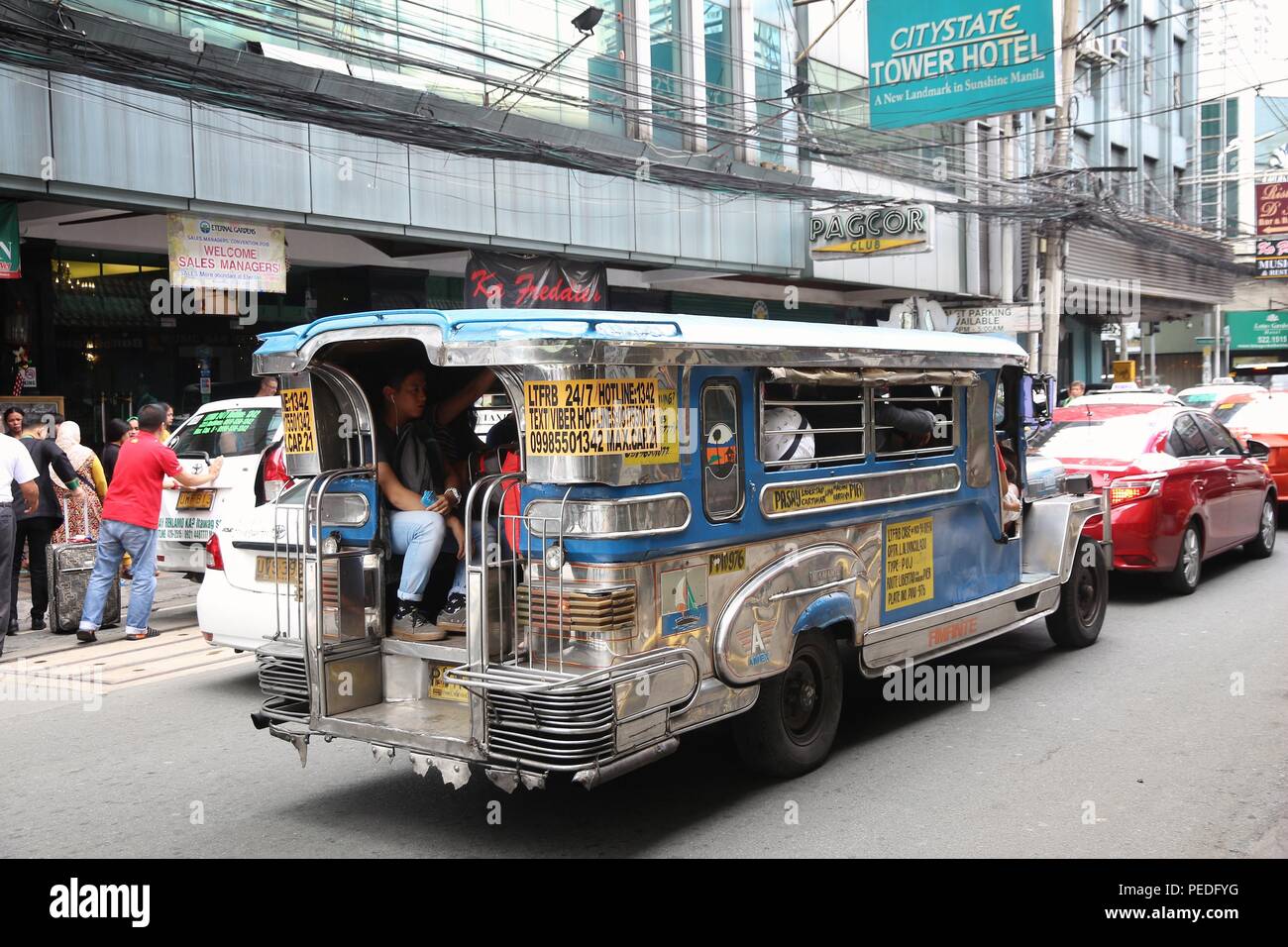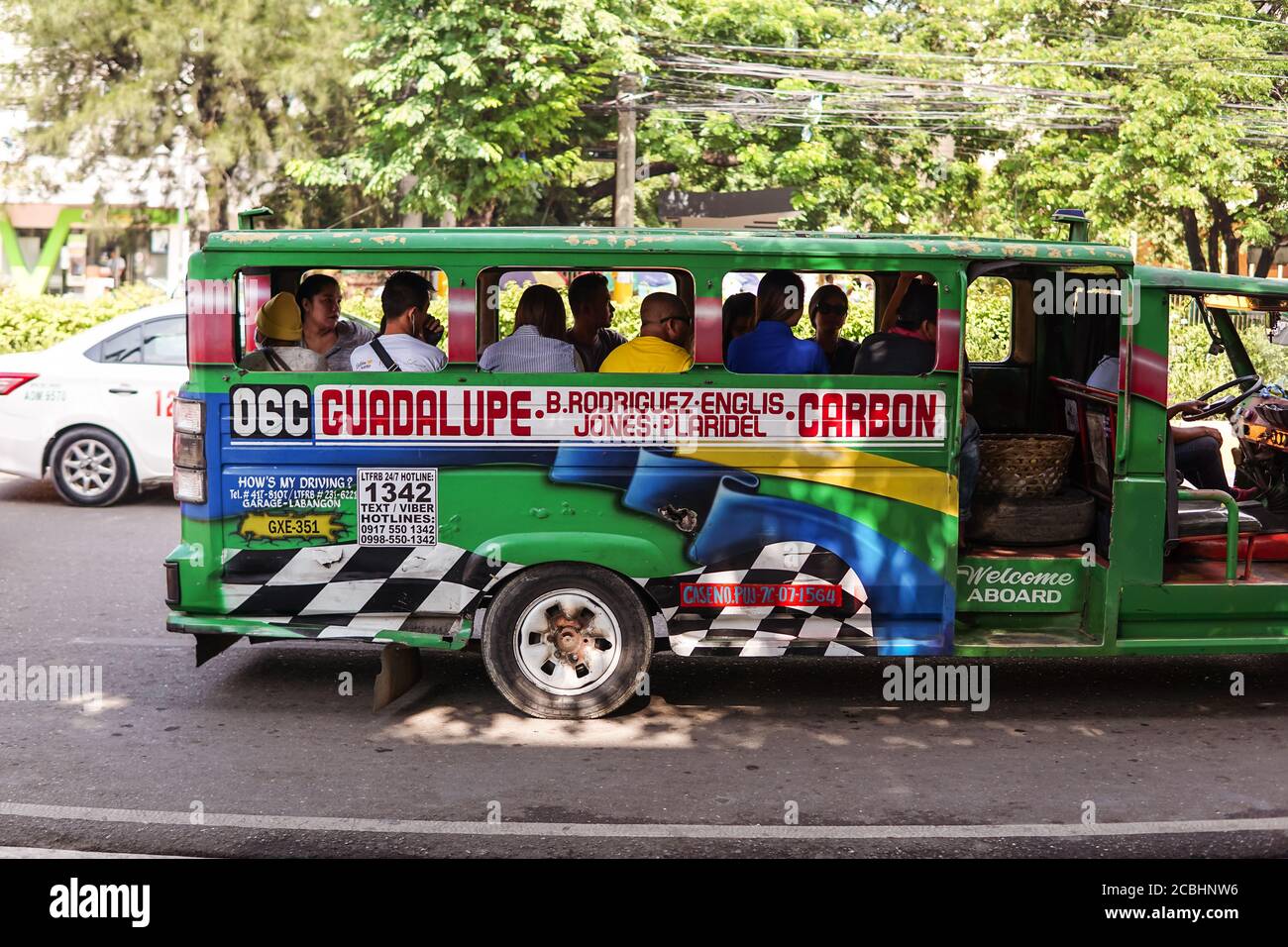Exactly How Transportation Marketing Can Change Public Transport Spaces Into Dynamic Advertising And Marketing Operatings Systems
Transit marketing holds considerable potential to redefine public transport areas into vibrant marketing systems that involve and notify. As we discover the multifaceted advantages and progressing strategies of transportation advertising and marketing, it elevates the concern of exactly how this improvement could redefine our interactions with both brands and the city setting.
Benefits of Transportation Advertising

In addition, transportation advertising is highly economical compared to typical media. It allows marketers to accomplish high impressions at reduced costs, optimizing roi. The restricted audience of commuters supplies an opportunity for brand names to convey their messages to individuals who are commonly receptive throughout their traveling times.
In addition, the dynamic nature of transportation marketing permits campaigns to be updated frequently, guaranteeing that messaging remains timely and appropriate. This flexibility can be vital in responding to market fads or promotional occasions, keeping the brand name top-of-mind for consumers. Lastly, the pervasive presence of transit advertising adds to brand recall; duplicated direct exposure within acquainted travel contexts enhances brand understanding and cultivates consumer commitment, ultimately driving sales and enhancing brand track record.
Kinds Of Transportation Advertising And Marketing
Public transport systems offer numerous styles for advertising, each catering to different advertising techniques and target market involvement techniques. One prominent kind is exterior bus and train covers, which cover the whole lorry and create a mobile signboard effect, enabling for high exposure in city environments. These wraps can catch attention as they pass through hectic roads, getting to a varied target market.
One more popular layout is interior marketing, which includes posters, electronic screens, and ads on transportation seats. These positionings engage passengers during their journey, reinforcing brand name messaging in a restricted space. Digital presents, particularly, use the advantage of vibrant material, allowing marketers to update messages in real-time.
Terminal advertising and marketing is likewise significant, including posters, banners, and interactive booths within transportation stations. These ads utilize foot traffic and can target specific demographics based on area.
Lastly, advertising partnerships with transportation authorities can cause unique projects, such as themed transit experiences or occasions, enhancing the total involvement with travelers. Each kind of transportation advertising supplies distinct advantages, allowing brands to customize their method to effectively reach their target audience within the general public transportation environment.
Engaging Travelers Effectively
Commuters are significantly flooded with advertising messages during their everyday journeys, making it necessary for brands to engage them in cutting-edge methods. To record attention in this crowded space, marketers need to focus on creativity and importance. Utilizing distinctive visuals and succinct messaging can considerably boost the likelihood of engagement.
Interactive aspects, such as QR codes or augmented reality features, can likewise transform fixed ads into immersive experiences, fostering a much deeper connection with the target market. Brands must concentrate on attending to travelers' rate of interests and demands, customizing messages to resonate with their way of life, whether with promos for regional services or solutions designed to enhance their commuting experience.
In addition, timing plays a crucial role; strategically placing ads during peak commuting hours can optimize presence and effect. Involving commuters efficiently likewise involves leveraging social media integration, allowing guests to share their promos or experiences directly from transit platforms, thereby intensifying brand reach.
Basically, effective engagement depends upon recognizing the traveler journey and creating engaging, interactive, and relevant advertising experiences that not just catch attention but additionally drive action and loyalty. By doing so, brand names can transform mass transit right into a vibrant marketing platform that resonates with its target market.

Measuring Marketing Impact
Just how can brands accurately analyze the performance content of their marketing campaigns en route atmospheres? Measuring the influence of transit advertising and marketing needs a multifaceted technique that combines qualitative and measurable metrics. One common method is tracking involvement through mobile analytics, where brand names can evaluate foot website traffic patterns and app communications before, throughout, and after campaigns.
Studies can provide useful insights right into brand recall and customer sentiment, permitting brands to assess how well their messages resonate with travelers. Additionally, checking social media engagement relevant to specific campaigns can disclose shifts in public understanding and brand name conversation.

Moreover, teaming up with transportation agencies can enhance measurement precision, as they typically have detailed demographic information on ridership patterns. By incorporating these approaches, brand names can establish an extensive understanding of their advertising performance, making certain that their projects not just reach yet also influence their target market efficiently.
Future Fads in Transportation Marketing
A significant shift is prepared for in transportation advertising as technological improvements and transforming consumer behaviors reshape the landscape. Transit Advertising Philippines. The assimilation of interactive media and digital display screens is expected to improve involvement, permitting brand names to supply dynamic web content that reverberates with diverse audiences. As public transport systems accept smart innovation, advertisers will utilize real-time data read more analytics to tailor messages based on traveler demographics and actions
Moreover, augmented reality (AR) is positioned to revolutionize the way travelers communicate with ads. By providing immersive experiences, AR can change an ordinary trip into an engaging narrative that records attention and promotes brand name loyalty. This technology will likely encourage marketers to produce more experiential projects that drive consumer communication.
Sustainability is one more essential pattern affecting transit advertising. As ecological consciousness expands, brand names will increasingly look for to align with eco-friendly techniques, utilizing lasting materials and advertising green efforts within their projects.
Final Thought
In verdict, transit advertising and marketing uses significant advantages by boosting brand exposure and involving a captive audience. Via various styles, such as outside wraps and digital displays, it changes public transport into a lively advertising and marketing platform. Efficient involvement strategies and robust dimension techniques even more magnify its influence. As trends progress, the capacity for ingenious interactions in between brands and commuters is positioned to expand, guaranteeing that transit marketing continues to be a vital component of contemporary advertising approaches.
Transit marketing holds considerable capacity to redefine public transport areas into vivid advertising systems that notify and involve. The prevalent visibility of transportation marketing contributes to brand name recall; duplicated exposure within familiar traveling contexts strengthens brand awareness and cultivates consumer commitment, eventually driving sales and improving brand name online reputation.
Exactly how can brands accurately analyze the efficiency of their advertising projects in transit environments?In verdict, transit advertising provides substantial advantages by enhancing brand name presence and involving a captive target market. Transit Advertising Philippines. As trends advance, the capacity for innovative communications between commuters and brand names is poised to expand, making sure that transit marketing remains an essential component of modern-day marketing approaches